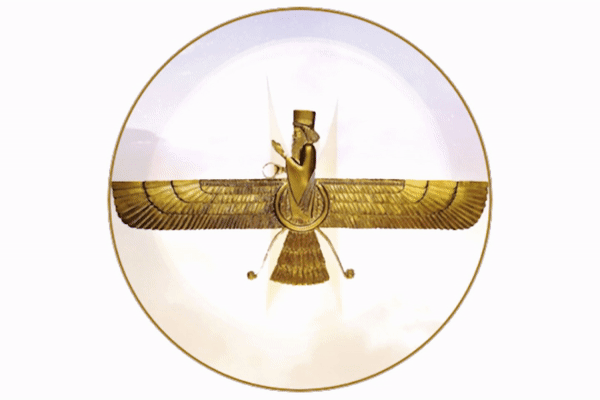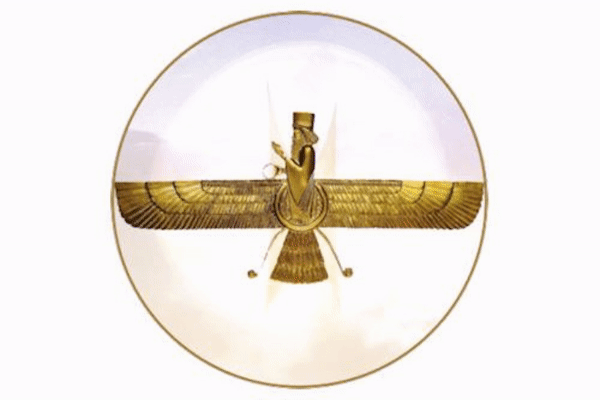The solution of Islam
- arionahram

- Dec 23, 2022
- 2 min read
Updated: May 14, 2023
One of the most infrastructural reasons for the spread of Islam after its birth was the recognition of the power mafia in the matter of how far an Islamic government can extend the hands of the rulers.

The solution of Islam was a kind of military rule applied by the Sassanids aristocrats who, in order to maintain their power and security, which had been endangered at least since the time of Mazdak, as well as to exercise their dominion over the people and affairs, this time through collusion with the Romans and Arabs, and more and more via a new substitute arabic ideological aspect was strengthened so that the power mafia consisting of that group of aristocrats who also had hand in the bureaucracy could penetrate even deeper into the society and families and make it homogenic.
Thus, one of the most infrastructural reasons for the spread of Islam after its birth was the recognition of the power mafia in the matter of how far an Islamic government, with its imposition and inner violence, can in a vast and at the same time much more cost effective way extend the hands of the rulers in dominating the people and controlling them and other matters. In support of such a view, it can be mentioned that:
We know that Abu Muslim Khorasani overthrew the Umayyads, but he did not take over the power, which had now turned into an Islamic government, or did not transfer it to the Iranians, but appointed the Abbasids, other Arabs who had more agreement with the Iranians than the Umayyads.
The Iranian revolt of Babak Khorramdin, who had put the Islamic caliphate in huge trouble, was suppressed by Afshin, who was an Iranian noble.
The Islamic military regime lasted for 1400 years and at a time when Europe was looking for its renaissance, Shiism replaced Sunni Islam with the force of ax and cannibalism (cheginism) of the Safavids of Turkish descent and with all violence, but there was no attempt to remove Islam from the people and bodies of Iran.
Arabia, which is considered as a part of Great Iran in one of Darius the first's inscriptions, and during the Parthian and especially the Sassanid period, Iranian princes were sent to Arab regions for education, later, following a mysterious policy, those Arab regions were considered completely foreign to Iran.





Comments